The Complexities of Castlevania: SOTN – Space, Time, and Enemy Design
December 20th, 2017
[When developing Castlevania: Symphony of the Night, director Koji Igarashi wanted to make a game which would “overturn player’s ideas about Castlevania, yet also feel like a Castlevania game”. In pursuing this vision, his team made SOTN’s game system much more complex, incorporating RPG systems and a wide variety of nuanced player actions. This series of articles will examine how these additions shape SOTN’s core gameplay of moving through space to dodge and attack enemies.]
As established over earlier articles, SOTN’s combat is the deepest and most dynamic aspect of the game. Out of a few simple, intuitive rule sets, the core dynamics of space, timing, and gravity facilitate complex and varied gameplay. However, these elements can only do so much. As SOTN demonstrates, enemy and level design shape the nature of time and space within each level challenge.
- SOTN has over 100 enemies. We can loosley group these enemies into two main types: grounded humanoids which stagger back and forth and smaller creatures which move in more dynamic patterns.
- Being stuck to the ground, the humanoid enemies reduce space to the 1D vector of relative distance. So in engaging these enemies the player must dance in and out of the enemy’s attack range waiting for an opportune moment to strike. Of course, the player can still jump and crouch and enemy attacks move vertically as well as horizontally, so the gameplay does punctuate into 2D space. However, 1D relative space constitutes the majority of the player’s spatial engagement.
- With less space to operate within, the confrontations with humanoids tend to emphasise player reaction and reflex.
- The inherently limited movement and attack range of humanoid enemies severely restricted the developers ability to create a range of unique humanoid enemies. The following four foes demonstrate their range:
Zombie – These enemies spawn from the ground and walk towards Alucard. They function as short timers which prompt a reaction out of the player.
Bone Scimitar – Skeletons that walk towards Alucard and then shuffle back and forth just outside his range. Once Alucard enters their range, they swing. The swing is slow enough that the player can counter by attacking first. Alternatively, they can take advantage of the cool down between attacks.
Bloody Zombie – These foot soldiers quickly walk towards Alucard and strike with a dagger. They’re similar to Bone Schitmars, but require faster reflexes to counter the quicker attack.
Gorgon – The Gorgon is a slow-moving, horse-like creature that walks along the ground and breathes grey, petrifying fire when Alucard is in close range. The saddle on its back is helpful when jumping over the enemy. Otherwise, they’re identical to the prior two enemies: attack first or dodge.
- Overall, the developers have a handful of variables to work with: enemy size, movement speed, attack trajectory, and additional effects. The main challenge is the lack of 2D space. 3D games with hand-to-hand combat (think Zelda or Dark Souls) work because the gameplay is set in 2D space with some punctuations into 3D (Skyward Sword stands out as one of the more 3D hand-to-hand combat games). Hand-to-hand combat in the side-scrolling perspective, however, is just inherently limited in terms of design space.
- The humanoid enemies also create a number of other problems which cumulate in a negative net effect on the combat gameplay. Firstly, these enemies usually require flat ground, which makes the castle a much less interesting space to traverse (see the extraneous number of hallways).
- Secondly, the hand-to-hand style of combat of humanoid enemies stresses the game’s ability to communicate attacking / defending states visually. And SOTN unfortunately struggles to meet the challenge as the side-scrolling viewpoint flattens the perspective around an enemy’s arms. Furthermore, the game’s ornate design makes it harder to decipher the movement of enemy limbs during busy gameplay.
- Thirdly, since the humanoid enemies generally don’t react to Alucard’s attacks, the player can easily steamroll through rooms by walking up to these combatants and spamming hits. A recoil property would potentially allow enemies some distance to reset the game state and prevent spamming.
- The smaller enemies like fleas have more mobility and better leverage game’s core dynamics. As such, they prompt players to use a wider variety of traversal mechanics to navigate space and aim attacks. They are more akin to the enemy types seen in the Metroid series, which is overall a more spatial game than Castlevania.
- Since most of Alucard’s weapons are melee weapons (as opposed to projectiles), the player must get close to an enemy to attack it. However, to do this, the player needs to be able to read enemies and find openings before they attack them. This is why humanoid enemies start attacking when Alucard is still at a distant range, to give the player an opportunity to read the cues.
- The designers often layer humanoid and more mobile enemies together to create more sophisticated level challenges. In these instances, the humanoid enemies wall off the player’s movement range. With often very limited room to manoouvre and having to monitor the movement patterns of the mobile enemy and the state of the humanoid enemy (which isn’t very clear in the first place), these challenges are usually far too strict and restrictive.
- Projectiles and enemies which track Alucard along two axes tend to move slowly or in simplistic patterns so that they don’t overpower the player in terms of mobility.
- Alucard falls sharply and doesn’t obtain his double jump ability until some way into the game. As such, SOTN’s combat doesn’t have a strong air game. So attacking airborne enemies can be tricky because of Alucard’s limited hang time.
***

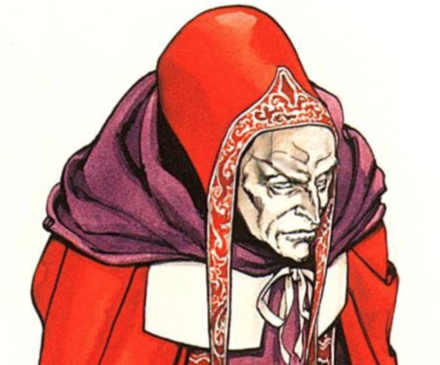
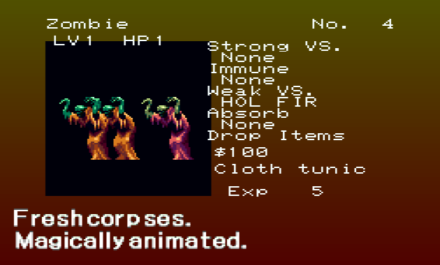
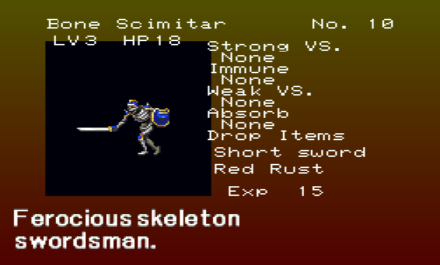
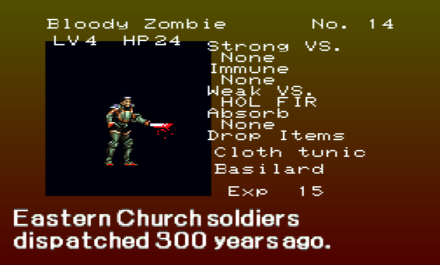
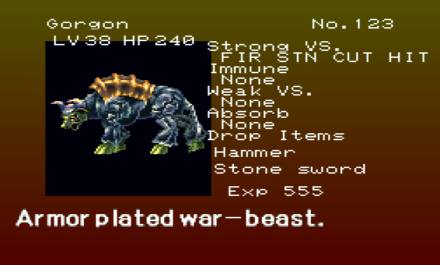


 Game Design Companion: A Critical Analysis of Wario Land 4 - $7.99
Game Design Companion: A Critical Analysis of Wario Land 4 - $7.99 Level Design: Processes and Experiences
Level Design: Processes and Experiences Speed Boost: The Hidden Secrets Behind Arcade Racing Design - $5.99
Speed Boost: The Hidden Secrets Behind Arcade Racing Design - $5.99 Adventures in Games Analysis: Volume I - $5.99
Adventures in Games Analysis: Volume I - $5.99







